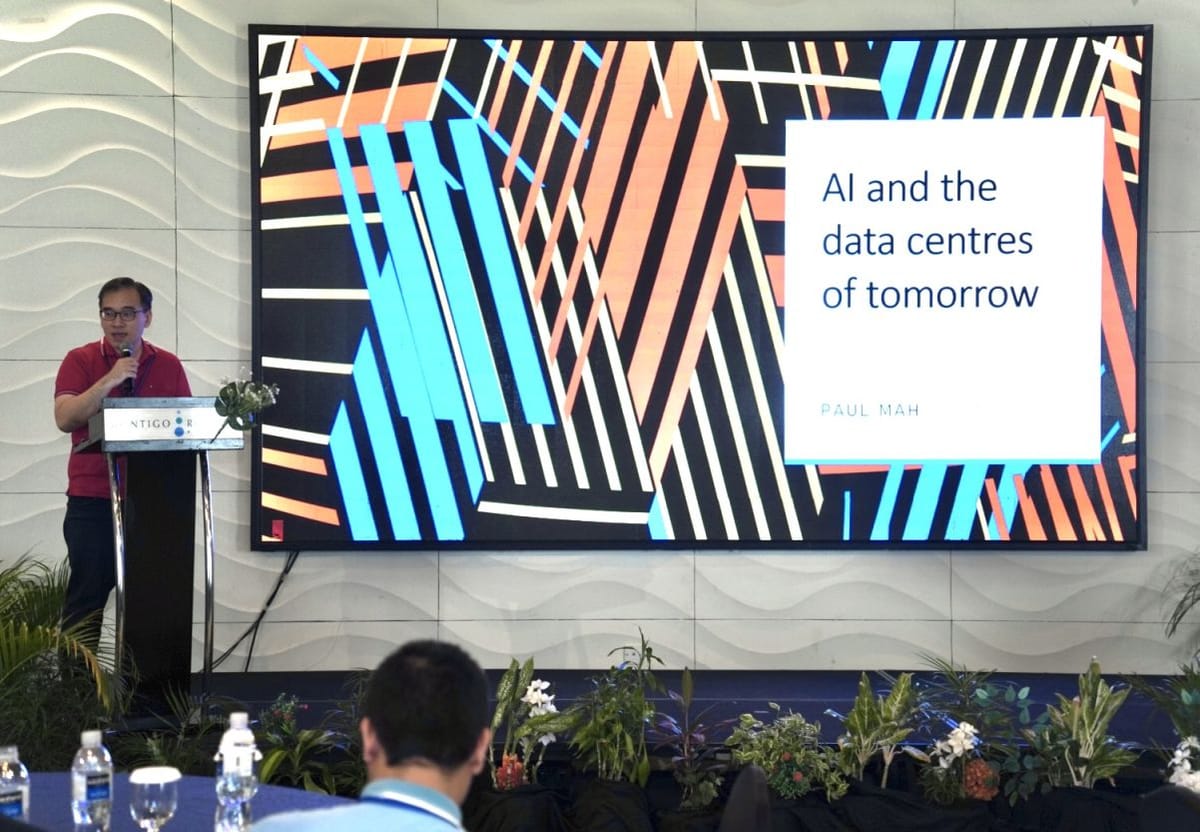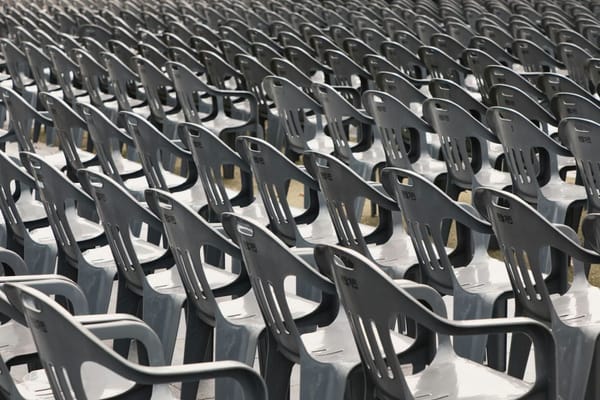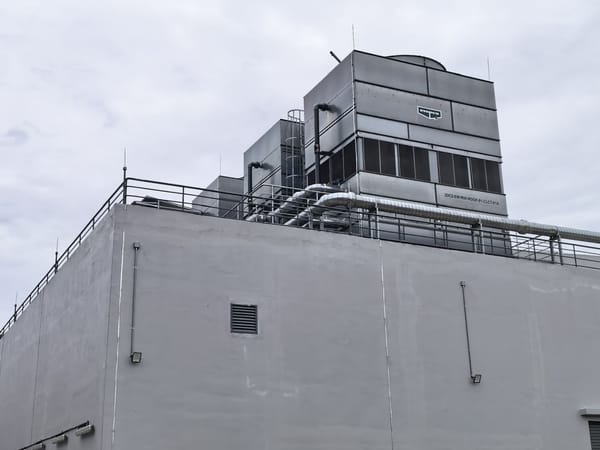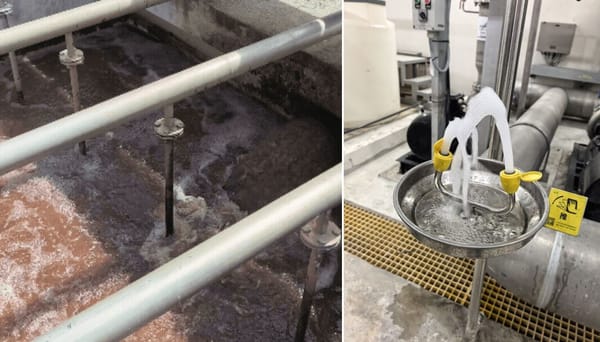How will AI reshape data centres in Southeast Asia?
Here's what I shared at a gathering this week.

How will AI reshape data centres? My answer: Less than what news headlines might suggest - but probably more than you think. Here's what I shared.
This morning, I gave a short presentation to a private gathering of data centre leaders and investors from the region.
Data centres are changing, influenced by the following trends:
Data centres diverging into AI and non-AI
Traditional data centres cannot properly support AI workloads while AI data centres are vastly overprovisioned for CPU-bound servers and storage.
Outside of hyperscalers, most operators here are adopting a flexible design approach - building AI-ready facilities that can be upgraded should an AI tenant come on board.
If no AI customers show up? Simply go on with traditional workloads.
The pool of frontier AI players will shrink
Soaring AI training costs will continue to whittle away the already small pool of frontier AI players. Make no mistake: State-of-the-art (SOTA) models are very, very good - and continue to get better.
Fast-followers benefit from much lower costs
DeepSeek shocked the world by showing how innovation can overcome artificially introduced limitations around GPU hardware.
It also delivered SOTA-level performance with far greater efficiency. And this is happening with AI models across the board, which are getting both better and cheaper.
Inference AI chips will see broader adoption
Inference-only AI chips will start making their way into more data centres. These offer vastly better performance with much lower power requirements.
Here's a snapshot of "LPU" chips from Groq:
- Current LPUs consume 20kW per rack.
- Next-gen racks will require "slightly more."
AI is making its way into nearly everything
Love it or hate it, AI is making its way into everything, including household appliances.
How? As AI models get better, even the smallest models are now very useable. And they are small enough to run on appliances.
Past trends a poor guide for forecasting data centre demand
How we size future data centres is predicated on the below factors. It's where things get complicated.
- Future GPU capabilities.
- Breakthroughs in techniques.
- Requirements of new AI models.
And these 3 factors are not just unknowable but are constantly evolving.
I concluded with this: “If we look at past data centres as a reference for the future, you are almost guaranteed to be wrong.”
So, data centres will change. But how?





